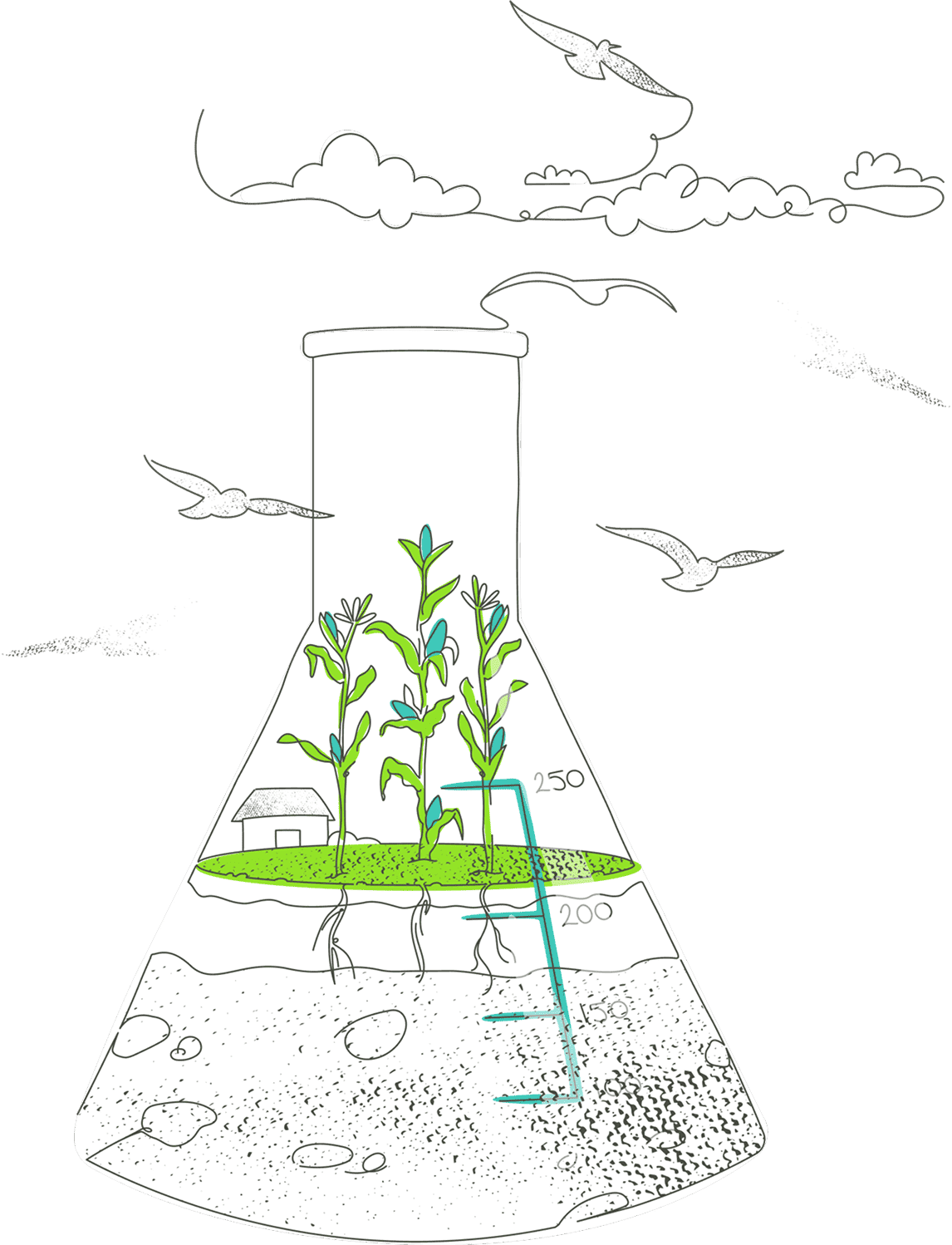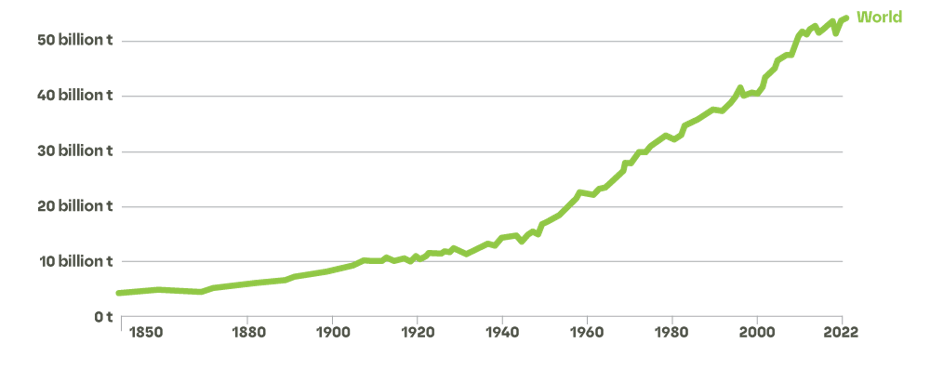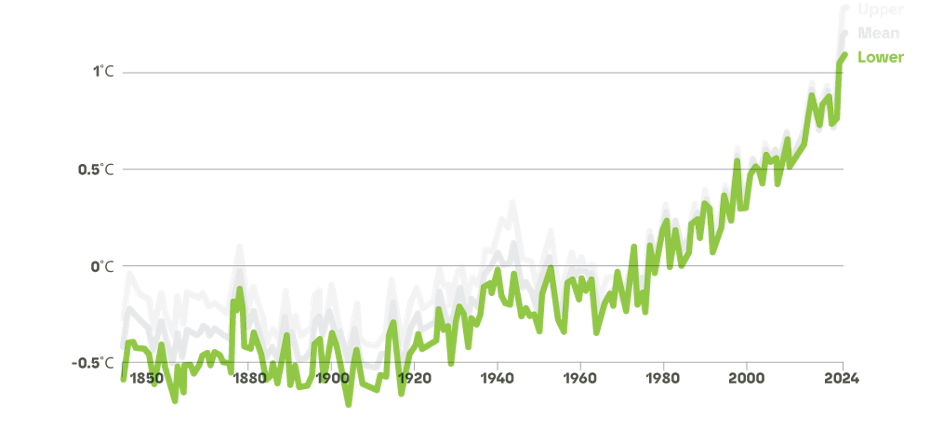Locking away carbon. For life.
Carbon removal is vital if we are to combat the effects of climate change. The Carbon Bank’s environmental projects ensure that, once removed, carbon should never be released back into the atmosphere. Only through the permanent removal of carbon can we reduce the effects of climate change and protect life, now and into the future.

We create nature-based and engineered carbon removal solutions
We build nature-based and engineered carbon removal projects because there is no ‘one solution’ to climate change. We plan to invest in tried-and-tested solutions (like tree planting) as well as nascent solutions (like enhanced rock weathering) that offer gigatonne carbon removal potential.
All our carbon removal projects are based in the UK.
All projects support farmers and local communities.
All projects sequester carbon and restore our natural environment.
All projects utilise independent verification standards of the highest integrity.

Why is carbon removal important?
The world emits over 50 billion tonnes of carbon into the atmosphere, every year - double what was annually emitted in the 1980’s. Decarbonisation of our industries, homes and businesses is therefore vital. But decarbonisation only slows the rate of climate change. To protect our atmosphere, we must also remove the carbon dioxide already trapped in it. The only way to slow global heating and reverse the effects of climate change is to both reduce our emissions and substantially remove the carbon previously emitted.
Greenhouse Gas Emissions
Greenhouse gas emissions include carbon dioxide, methane and nitrous oxide from all sources, including land-use change. They are measured in tonnes of carbon dioxide-equivalents over a 100-year timescale.

Average temperature anomaly
Global average land-sea temperature anomaly relative to the 1961–1990 average temperature.

The impact of carbon on our atmosphere
Since the Industrial Revolution atmospheric carbon has increased from a stable 278 ppm (parts/million) to an unstable 417 ppm. The majority of this increase has happened in only the last 50 years and is the direct cause for increases in average global temperatures and the effects of climate change. Every gram of carbon takes up to 1000 years to naturally dissipate from the atmosphere which is why proactive carbon removal is so critical to restore atmospheric integrity and ensure our long term survival.

Picking the right carbon credit.
Not all carbon credits are created equal. It’s important to know the difference because there are some rotten apples. The Integrity Council for the Voluntary Carbon Market, the independent not-for-profit governance body set up to restore trust in the carbon market, created the 10 core carbon principles in 2023. Projects independently certified by reputable protocols – such as Isometric – that abide by the ICVCM’s principles can claim to be ‘high integrity’. Anything else should be legitimately questioned, because there's no place for greenwashing in our society.

Reduction + Removal = Responsible

We only sell to the credible
The Green Finance Institute estimates a £5bn annual funding gap exists to restore the environment in the UK. Financial markets may not be everyone’s cup of tea but, if done properly, carbon markets represent a global mechanism to help close this funding gap and begin to truly make a difference.
In addition to decarbonising, UK business should pay to restore our environment through the purchase of high-quality credits from reputable projects. Whilst the Carbon Bank will create high-quality projects, we will only sell credits to corporates with a publicly stated commitment to a recognised emissions reduction protocol.
We will do our best. And we will demand the same of the businesses we work with. And we will never, ever, sell credits to heavy polluting industries. No matter what.
A $700bn annual funding gap
Protecting life on earth is the greatest challenge in human history. However, the amount of money to restore nature is far beyond what any government, investor or philanthropist can afford. It’s estimated a $700bn per year global funding gap exists.
Corporate finance could bridge this gap if businesses financed quality environmental projects that both protect and restore. With regulation of carbon markets and new levels of integrity and understanding in what a quality environmental project looks like, we can encourage the purchase of ‘high quality’ credits that remove scientifically verifiable tonnes of carbon. The Carbon Bank is at the forefront of this change.